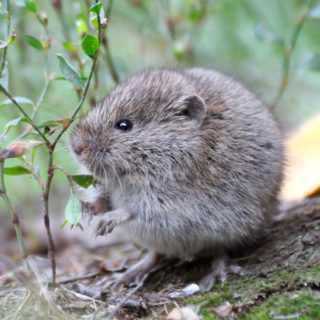Pack Rats in Central Arkansas
Pack rats, known for their solitary and nocturnal nature, inhabit various regions across North America, with a significant presence in the deserts and highlands of the western United States. Their most distinctive trait is their attraction to intriguing, shiny objects. When encountering items such as bullet casings, coins, soda can tabs or jewelry, they carry them until finding something more captivating, forsaking the old object for the new. This unusual behavior has led to them being dubbed “woodrats” and “trade rats.” While pack rats may occasionally seek refuge in buildings and scavenge for food indoors, they predominantly forage and nest outdoors.
Pack Rat Habitat
Pack rats are predominantly found in habitats like pinyon-juniper woodlands, chaparral, and desert scrub territories. Their nests, which are bulky and exposed, are fashioned from sticks, cacti, and various organic debris. They have a tendency to move into homes and buildings, particularly those still under construction. With their impressive climbing abilities, they can gain access to attics, wall crevices, and rocky ledges. Once inside, pack rats exhibit similar destructive behaviors to more common structural rodents like rats and mice. The presence of large stick nests beneath a porch, in a woodshed, or in an attic serves as a telltale sign of pack rat activity.
Pack Rat Behaviors, Threats, or Dangers
Pack rats can contribute to the spread of certain diseases and parasites, including fleas. They predominantly feed on green vegetation, twigs, seeds, fruits, acorns, and cactus. While pack rats are generally viewed as a minor pest nationwide, their entry into homes can result in problems such as damaging mattresses and upholstered furniture to create their nests. While their role in disease transmission is minimal, precautions should be taken when handling dead or dying pack rats without proper protection.
If you are having an issue with pack rats, it is best to consult a professional rodent control company.
Need help with Pack Rat control?
Need Pest Control Service?
Leave your information below and we’ll be in touch with a FREE quote!
"*" indicates required fields
*During normal business hours. After hours calls will be returned the next business day.




